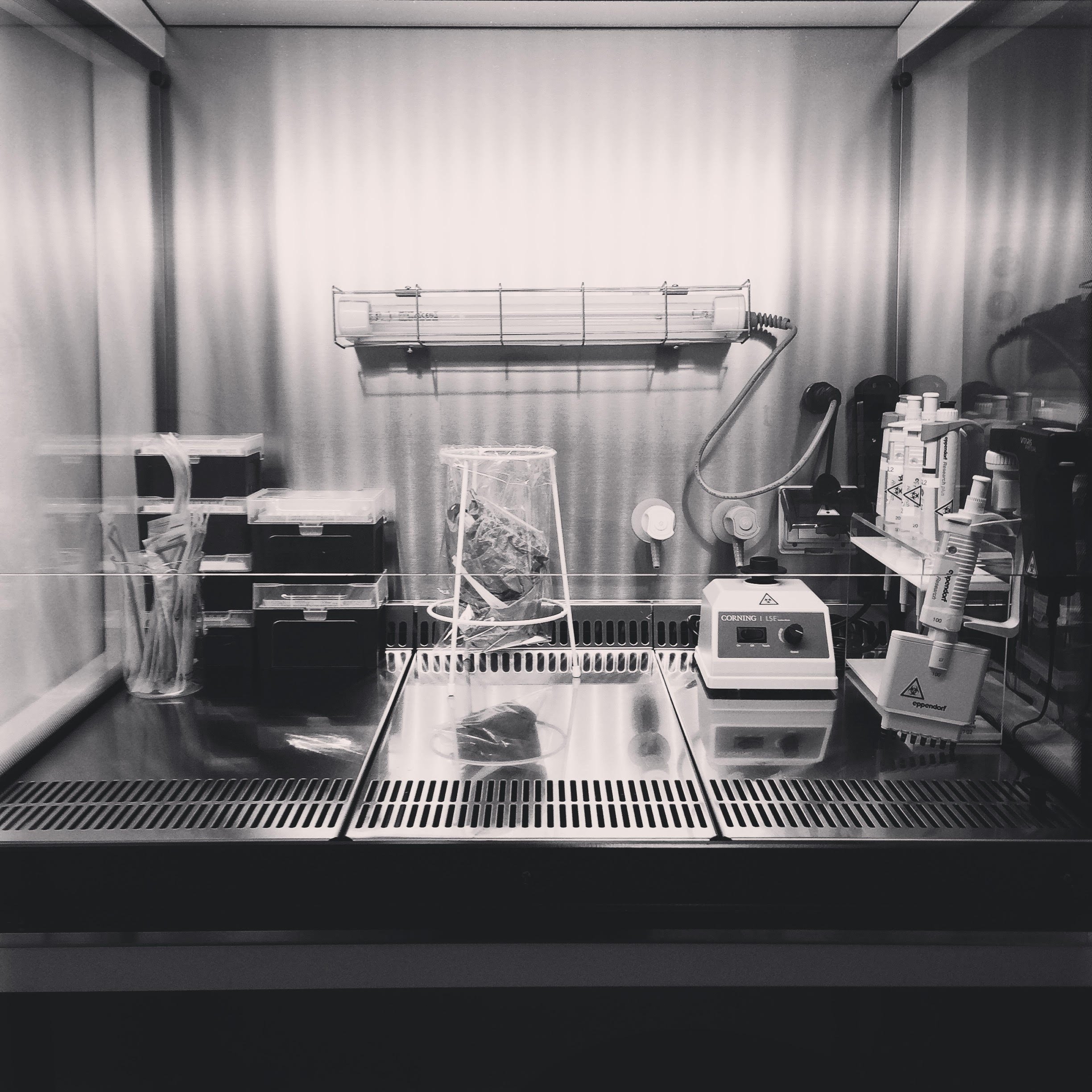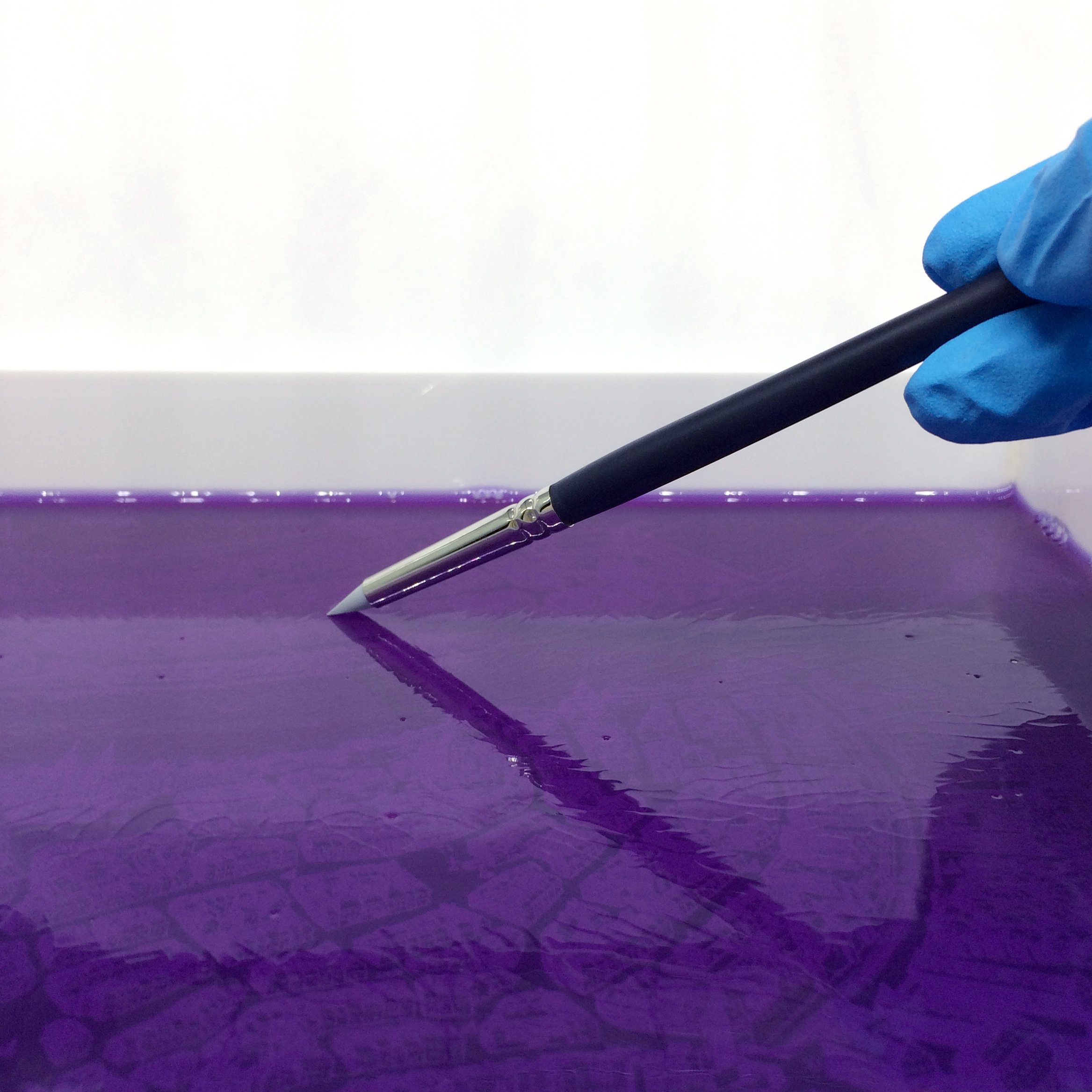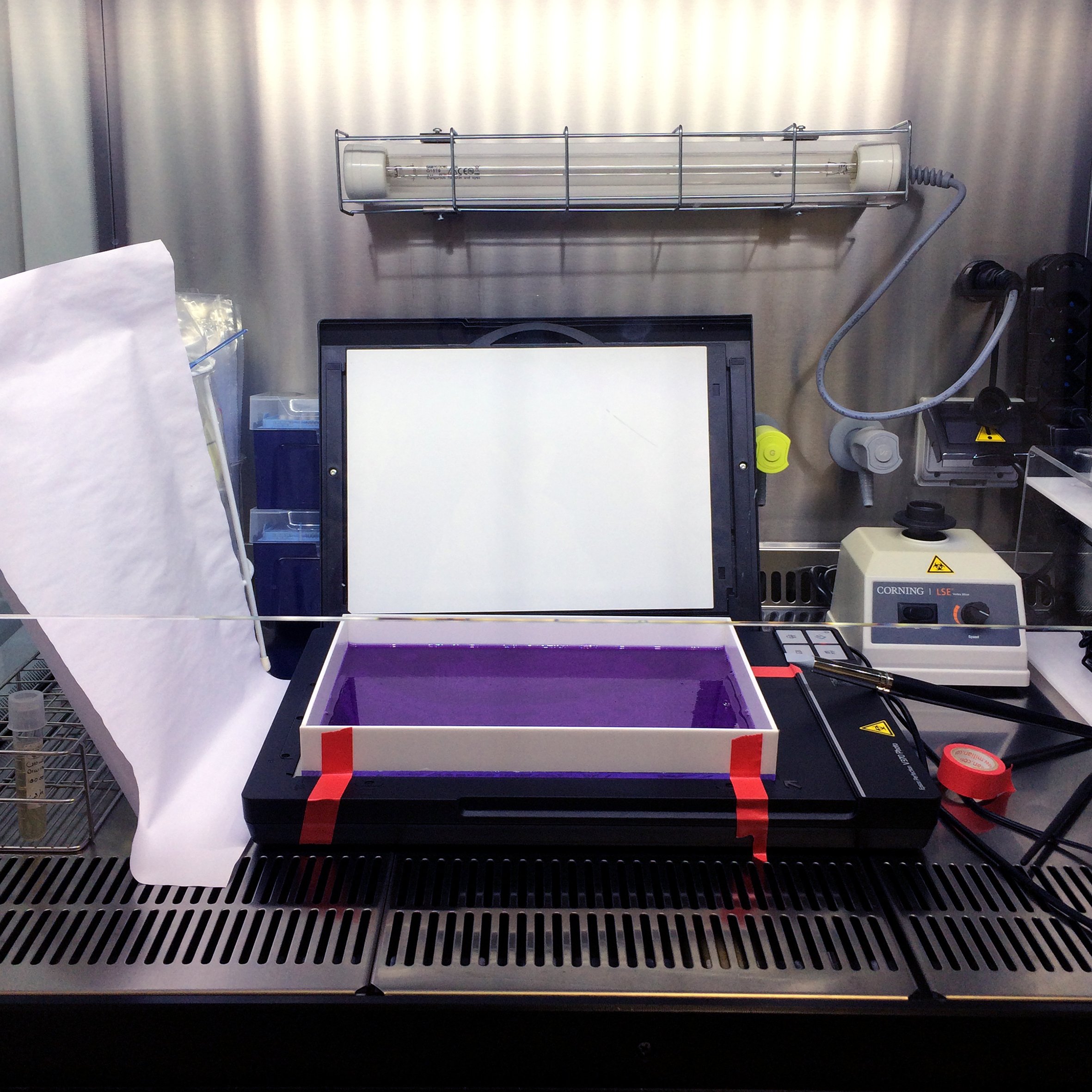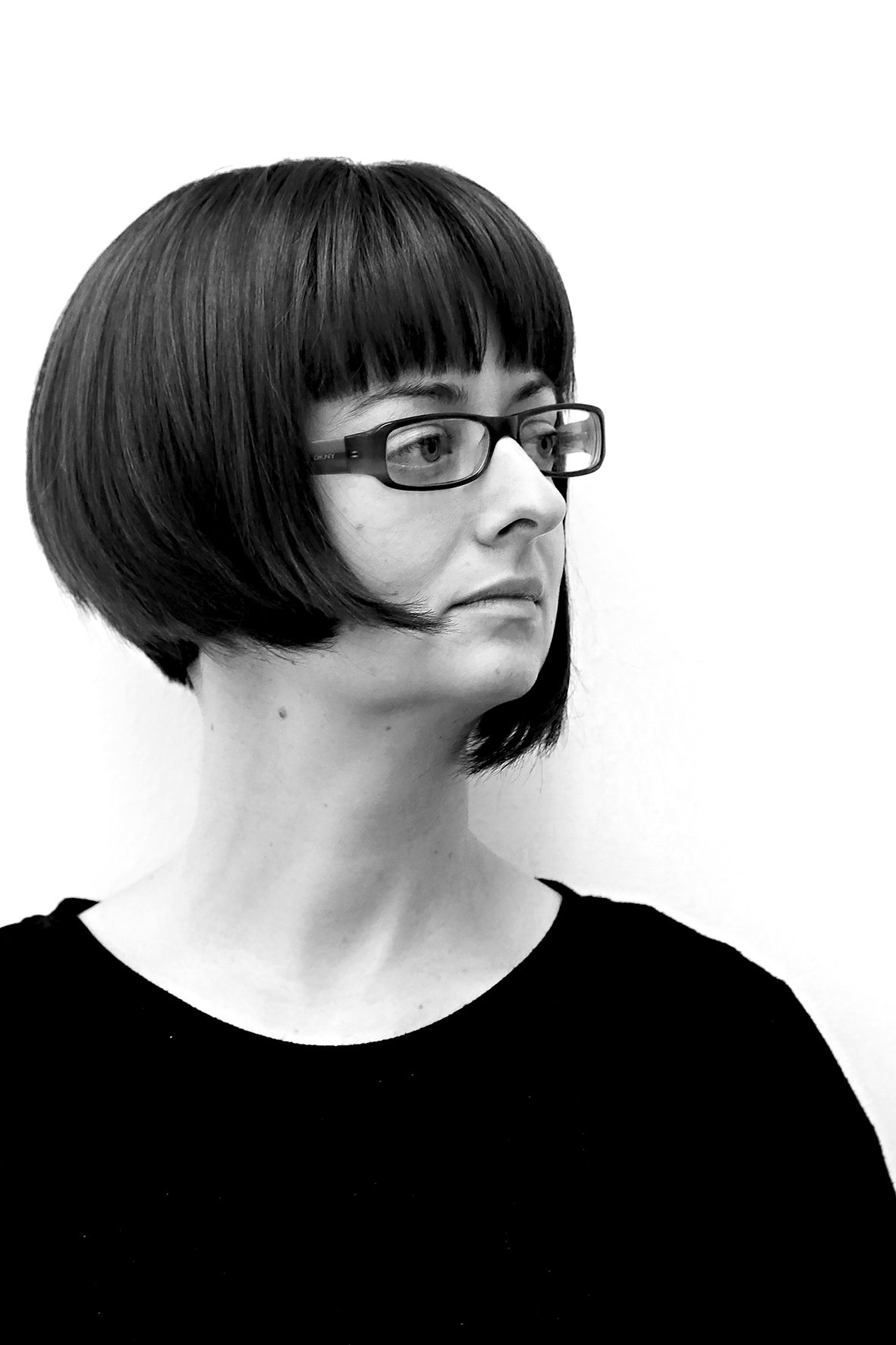THERIAK | The Disease Map





Disease maps are a long-standing scientific tool used to understand the spread of disease across populations. In this time-lapse film, Sarah Craske took a map of Basel, Switzerland made by engraver Matthäus Merian (1593-1650) and turned it into a contemporary disease map. Cholera was grown across the map to show how the disease might spread across the city; it was also inhibited by novel synthetic peptides designed by the artist. This ebb and flow became a metaphor for our relationship with disease, for the continuous fight against emerging diseases and new strains, and the pressing need to address the global existential crises that antimicrobial resistance presents.
The protocols for this work were designed through collaborative and experimental work with Irene Wüthrich and Steven Schmitt from the Department of Biosystems Science and Engineering (D-BSSE) at ETH Zurich. Through observational inquiry and collaborative discussion while working at the D-BSSE, the Craske learnt about contemporary synthetic biological approaches to fighting infectious diseases. Whilst critically reflecting on these approaches, she worked closely with scientists to develop new ideas and practical experiments that combined both scientific and artistic practice.
About the Contributors
Sarah Craske works in the liminal, transdisciplinary space between art, science, and technology. Her work explores the Anthropocene through philosophical enquiry into our relationship with various forms of climate breakdown, by drawing on specialist expertise and technologies, and by taking part in research collaborations across the world.
Her recent works include Biological Hermeneutics, which was speculatively presented through a site-specific installation at Chethams’ Library, Manchester—the oldest public library in the English-speaking world. Her recent awards include the NOVA award (1300 artist applicants) on graduation from Central St Martins (first-class MA Art & Science), an AHRC Science in Culture Innovation Award, and a Biofaction International artist-in-residency in Switzerland.
Irene Wüthrich and Steven Schmitt are interested in microbial metabolites whose distinct functions have evolved to shape microbial interactions and communities, and how we can adapt this diverse molecular treasure trove with biological engineering for applications in human medicine. In particular, they are developing new solutions to stem the tide of rising antibiotic resistance.
Founded in 1925, by Professor J. A. Häfliger, the Pharmacy Museum displays one of the world’s largest collections of historic remedies and material associated with their production. The museum is the original scientific collection, which to this day has remained intact in its original form.
The extensive collection of early pharmaceuticals illustrates different ideas and approaches to disease, as well as documents the progression of methodologies from the ancient world until the beginning of the pharmaceutical industry in Basel.
















